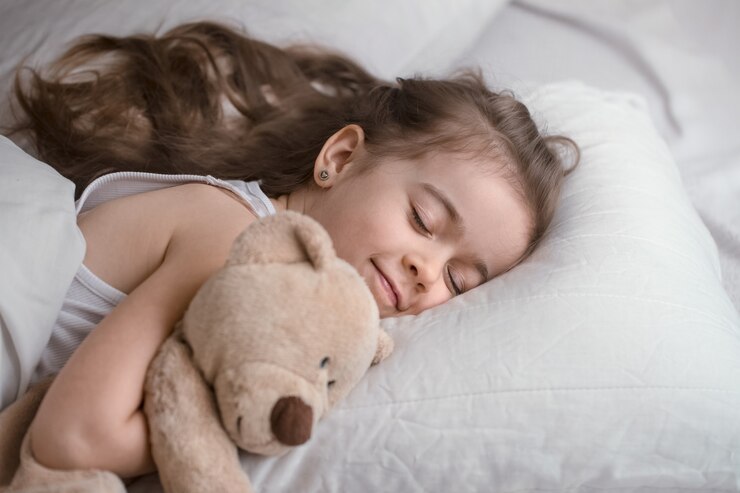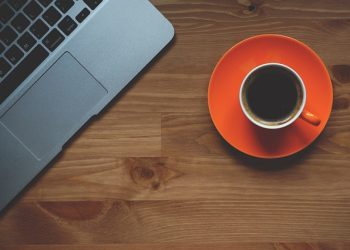Bedwetting is a condition that affects many children and, in some cases, adults. Despite being a natural part of development for many, it can cause significant stress and embarrassment. The impact on self-esteem and daily life can be profound, leading to avoidance of social activities like sleepovers.
Understanding its complexities is crucial for developing effective treatments. Traditional solutions have had varying success rates, but a novel approach using audio recordings is gaining traction. This article tells you how to stop bedwetting using audio therapy.
What is bedwetting?
Bedwetting is often considered a normal part of growing up, typically resolved by adolescence. However, for some, it persists, leading to emotional and social challenges. It can be categorised as primary, where the individual has never had consistent dry nights, or secondary, where the issue reoccurs after a period of dryness. Causes range from genetic predispositions, deep sleep patterns, and hormonal imbalances to psychological factors.
The Limitations of Traditional Solutions
Traditional solutions include behavioural interventions, alarms, and medications. Behavioural strategies, such as fluid restriction and bladder training, require consistency and patience but often fall short in effectiveness.
Bedwetting alarms, which wake the individual at the onset of urination, can be disruptive to sleep and stressful. Medications like desmopressin can reduce urine production but come with potential side effects and are not suitable for long-term use. These methods address symptoms rather than underlying causes, prompting the search for alternative approaches.
The Emergence of Audio Therapy for Bedwetting
Audio therapy has emerged as a promising tool in the arsenal against bedwetting. This approach utilises specially designed audio recordings to influence subconscious behaviours and promote relaxation. By targeting the mind’s response to sleep and bladder control, it aims to create a conducive environment for dry nights.
How Recordings Work to Combat Bedwetting
Audio recordings used in bedwetting therapy are crafted to guide the listener into a state of deep relaxation while subtly encouraging bladder control. These recordings often include calming music, nature sounds, and positive affirmations. The underlying principle is that by reducing stress and promoting a peaceful sleep environment, the likelihood of bedwetting decreases. Additionally, the affirmations work on a subconscious level to reinforce bladder awareness and control.
Tailoring Audio Solutions to Individual Needs
One of the strengths of audio therapy is its adaptability. Audio recordings can be customised to address specific needs and preferences. For example, a child who responds well to storytelling might benefit from a narrative that incorporates themes of strength and control, whereas another might find soothing music more effective. Personalization enhances the therapy’s effectiveness, making it a viable option.
Creating Positive Associations through Sound
Sound has a profound impact on the human psyche. By integrating positive and calming sounds into bedtime routines, audio helps create positive associations with sleep and bladder control. Over time, these associations can diminish anxiety related to bedwetting and replace it with confidence and relaxation.
Reinforcing Confidence and Relaxation
Confidence plays a crucial role in managing bedwetting. Sounds reinforce a sense of control and self-assurance through repeated affirmations and relaxation techniques. These recordings can include phrases like “wake up dry” or “control your body,” which, when absorbed subconsciously, can significantly boost confidence levels and reduce nighttime accidents.
The Science Behind Audio Therapy
The efficacy of sound is rooted in the principles of neuroplasticity, the brain’s ability to reorganise itself by forming new neural connections. By repeatedly exposing the brain to positive messages and relaxing sounds, it encourages the development of new neural pathways that support bladder control. The relaxation techniques used in these help to lower stress levels, which is known to contribute to bedwetting.
Integrating Audio Therapy into Daily Routines
For audio therapy to be effective, consistency is key. Integrating these recordings into daily routines can be as simple as playing them during bedtime rituals. This regularity helps establish a predictable and calming environment conducive to sleep and bladder control. Over time, the brain begins to associate these sounds with relaxation and dryness, reinforcing positive outcomes.
Consultation and Professional Guidance
While the method offers a promising solution, it is important to consult with healthcare professionals to ensure a comprehensive approach. Paediatricians, urologists, and therapists can provide valuable insights and recommend additional strategies to complement audio therapy. Professional guidance ensures that underlying medical conditions are addressed and that the therapy is tailored to the individual’s unique needs.
Combining Approaches for Comprehensive Care
The therapy can be most effective when used in conjunction with other approaches. Combining audio recordings with behavioural techniques, lifestyle adjustments, and medical interventions can provide a holistic solution to bedwetting. This multifaceted approach addresses all aspects of the condition, increasing the likelihood of long-term success.
Audio recordings represent a novel and promising approach for parents who want to know how to stop bedwetting and find a method that actually works. By using the power of sound and the brain’s capacity for change, it offers a gentle solution for this condition. Integrating this therapy into daily routines, under professional guidance, can help individuals sleep soundly again, free from the distress of bedwetting.







